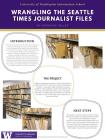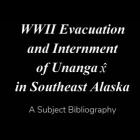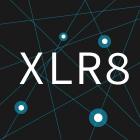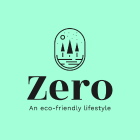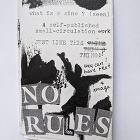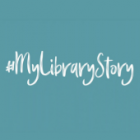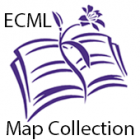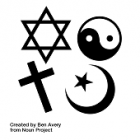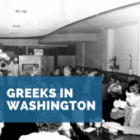
Women in the Outdoors: A Research Guide for Special Collections
While curating a library exhibit for Special Collections, I noticed the challenge of locating historical resources on the impact women had in the Pacific Northwest outdoors, in one accessible place. I bounced between local, state-wide, and national resources, adding much time to my research process. As a solution, I created and published a LibGuide for Special Collections, highlighting their resources on local women in the outdoors. They now have a public LibGuide showing primary & secondary sources with tips on researching historical women. This guide is a reminder to consider local women in research, contributing to outdoor preservation and advocacy.

